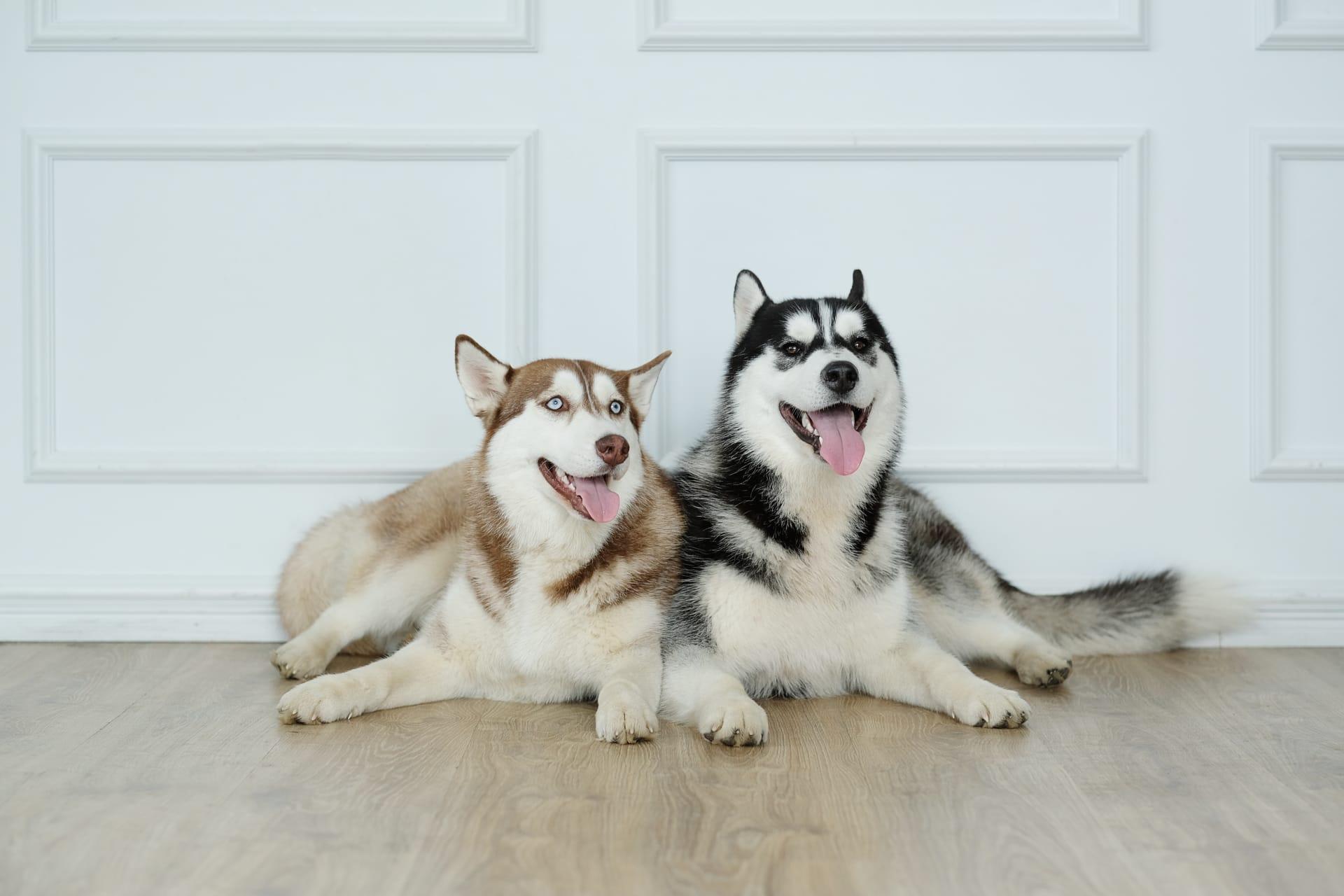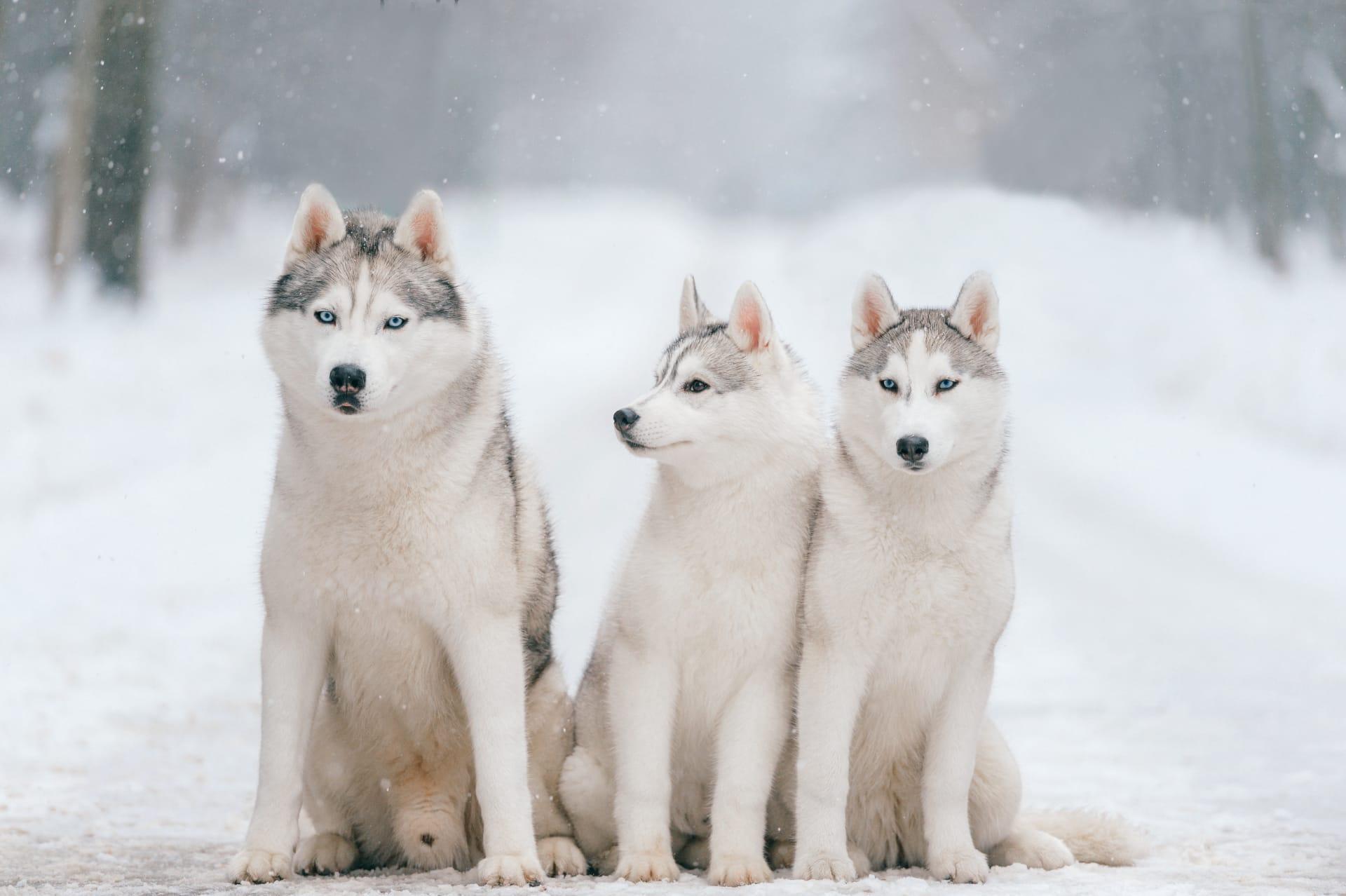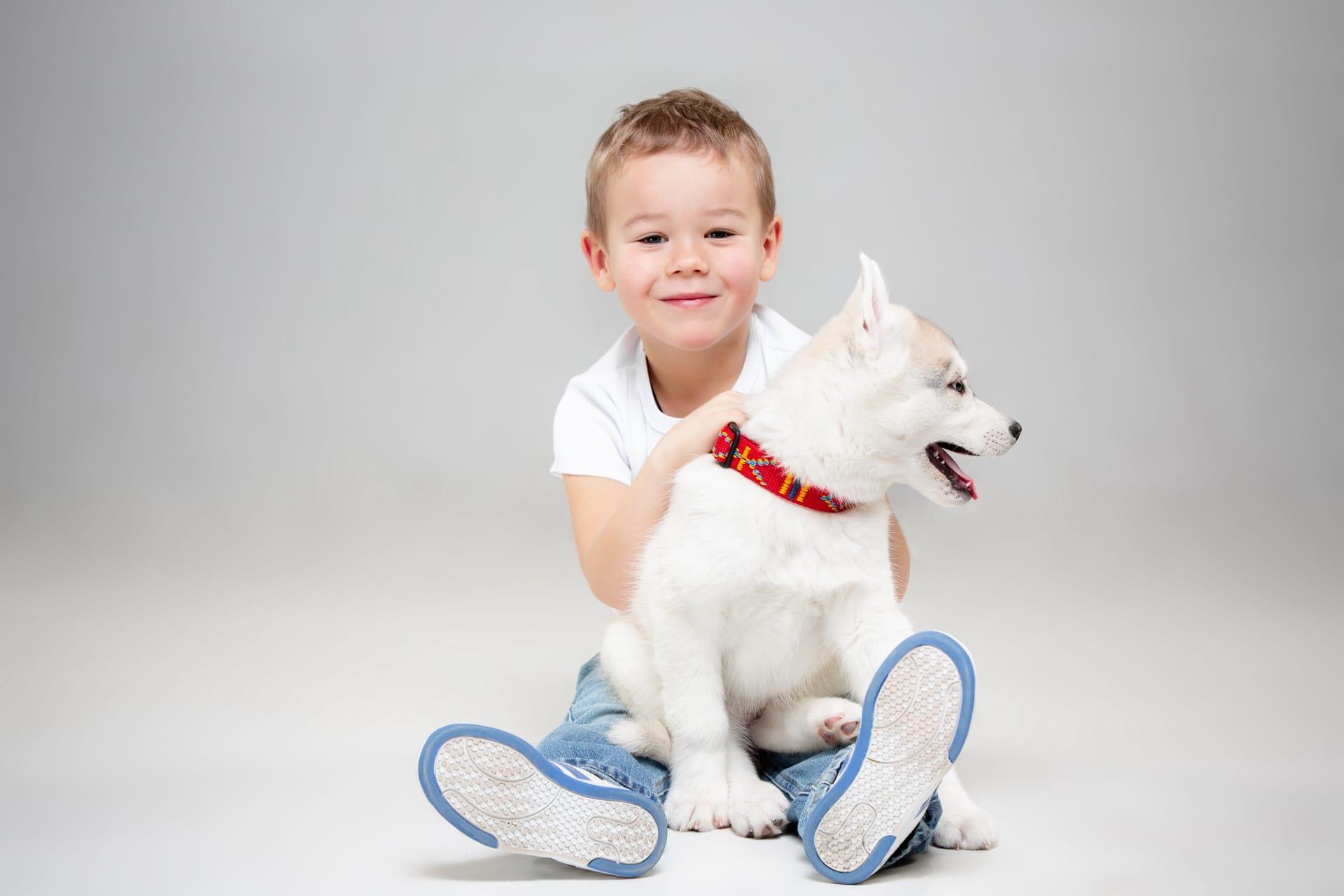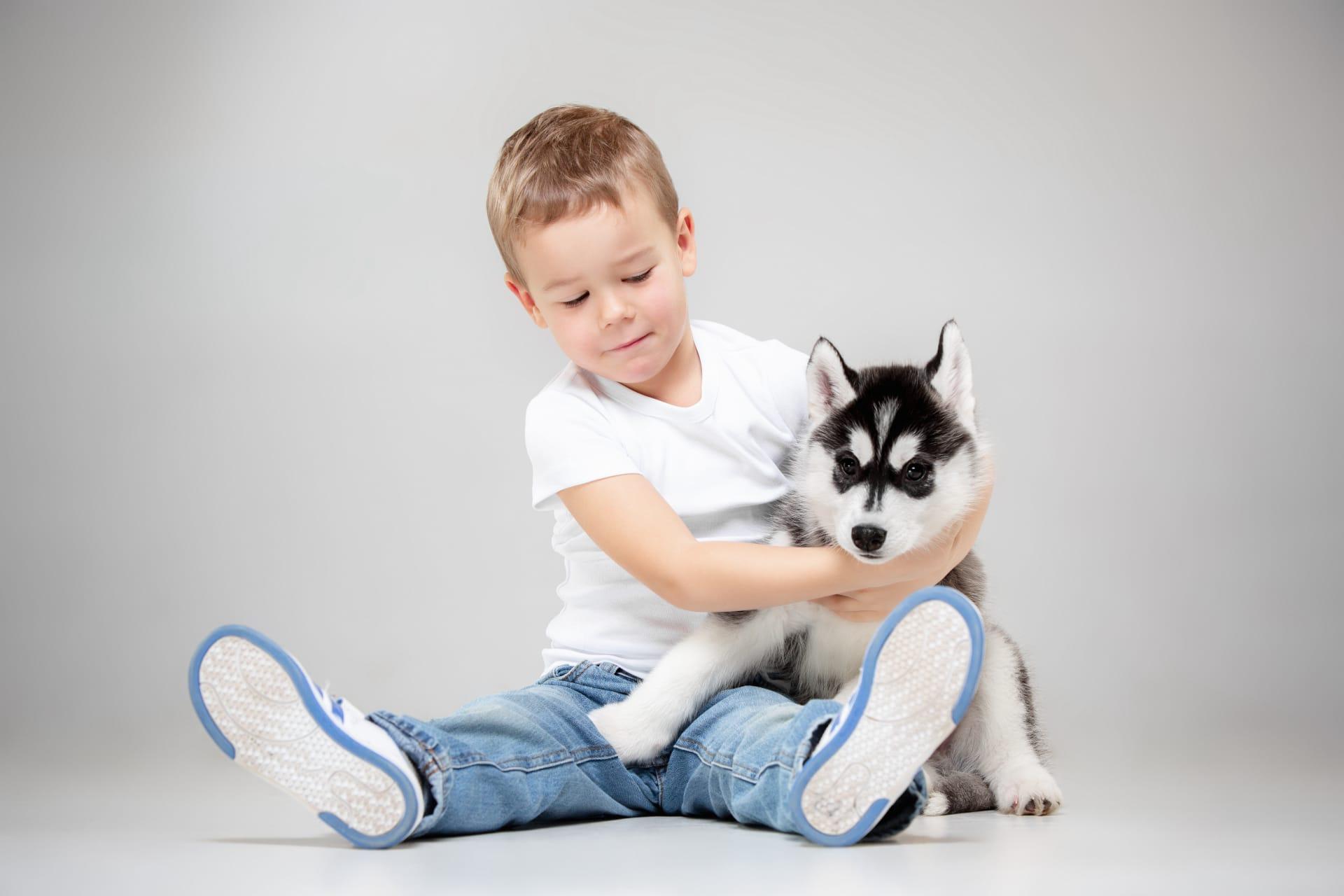Husky Characteristics
- Home /
- Mini Encyclopedia /
- Animal /
- Husky Characteristics
1
Huskies, a breed known for their striking appearance and energetic temperament, typically boast a medium to large size, with males standing about 21 to 23.5 inches tall at the shoulder and weighing between 45 to 60 pounds. Females are slightly smaller, usually standing 20 to 22 inches tall and weighing between 35 to 50 pounds. These dogs are adorned with a dense double coat that provides insulation against extreme temperatures, a characteristic that hints at their origins in the cold Siberian Arctic. Their lifespan, with proper care, ranges from 12 to 15 years, which is quite impressive for dogs of their size.
One of the Husky's most remarkable organs is their thick, double-layered coat. This special coat consists of a dense undercoat and a longer topcoat of short, straight guard hairs. It's designed to protect them from the harsh Arctic conditions, offering insulation against cold and heat alike. In winter, it traps body heat to keep the Husky warm, while in warmer months, it helps to reflect heat and enable skin breathing, thus cooling the dog. This coat also provides a waterproof barrier, allowing Huskies to work in snow and wet conditions without getting cold, making them superbly adapted to their original environment as sled dogs in northeastern Asia.

2
Question: Why do Huskies have blue eyes, and is it common in other dog breeds?
Answer: Huskies are famously known for their mesmerizing blue eyes, a trait not as common in other dog breeds. This striking feature is due to a genetic mutation that affects the pigment in the iris, reducing melanin production and resulting in blue eyes. While other breeds can have blue eyes, it's particularly associated with Huskies due to the high prevalence within the breed. This genetic characteristic does not affect their vision, and Huskies with blue eyes are just as capable and healthy as those with darker eyes. It's worth noting that not all Huskies have blue eyes; they can also have brown, green, or even one eye of a different color, a condition known as heterochromia.

3
Huskies are renowned for their high energy levels and need for regular, vigorous exercise. They were bred to pull sleds over long distances, and their stamina reflects this heritage. A Husky requires at least one to two hours of physical activity each day to maintain their health and happiness. This can include running, hiking, or playing in a secure, fenced area. Without adequate exercise, they can become bored and destructive.
When it comes to eating habits, Huskies are known for being surprisingly efficient with their food, a trait that harks back to their origins. Despite their size and energy levels, they require relatively less food than other breeds of similar size, thanks to their metabolic efficiency developed in harsh Arctic conditions. A balanced diet for a Husky typically includes high-quality dry dog food, with an emphasis on protein and fat to support their energy needs. It's important to monitor their food intake closely, however, as they can be prone to obesity if overfed.

4
The Husky's native environment is the cold, harsh climate of Siberia, where they were originally bred by the Chukchi people for sled pulling and companionship. These dogs are built to endure and thrive in snowy, icy conditions, with their thick fur coats, high stamina, and social nature making them ideal for life in arctic regions. However, Huskies are adaptable and can live in various climates, provided they have adequate shade, water, and air conditioning to keep cool in hotter weather.
Reproduction-wise, Huskies are similar to other medium-sized dog breeds. Females typically go into heat twice a year, and a litter can range from 4 to 8 puppies. Husky puppies are born with a thick coat and are quick to learn and socialize, making early training and socialization important. Due to their strong pack instincts, raising them with consistent leadership and companionship is crucial for their development into well-adjusted adult dogs.

5
Book: "The Siberian Husky: A Comprehensive Guide to Owning and Caring for Your Dog." This detailed guidebook covers all aspects of Husky ownership, from understanding their unique personality traits and care requirements to training and health issues. It's a must-read for both prospective and current Husky owners, offering valuable insights into ensuring a healthy, happy life for these energetic and affectionate dogs.
Book: "Huskies of History: Exploring the Role of Huskies in Arctic Exploration." This fascinating book delves into the historical role of Siberian Huskies in polar expeditions, highlighting their contributions to human survival and exploration in some of the world's most unforgiving environments. Through engaging narratives and detailed research, it sheds light on the incredible endurance, loyalty, and intelligence of Huskies, making it a captivating read for history buffs and dog lovers alike.